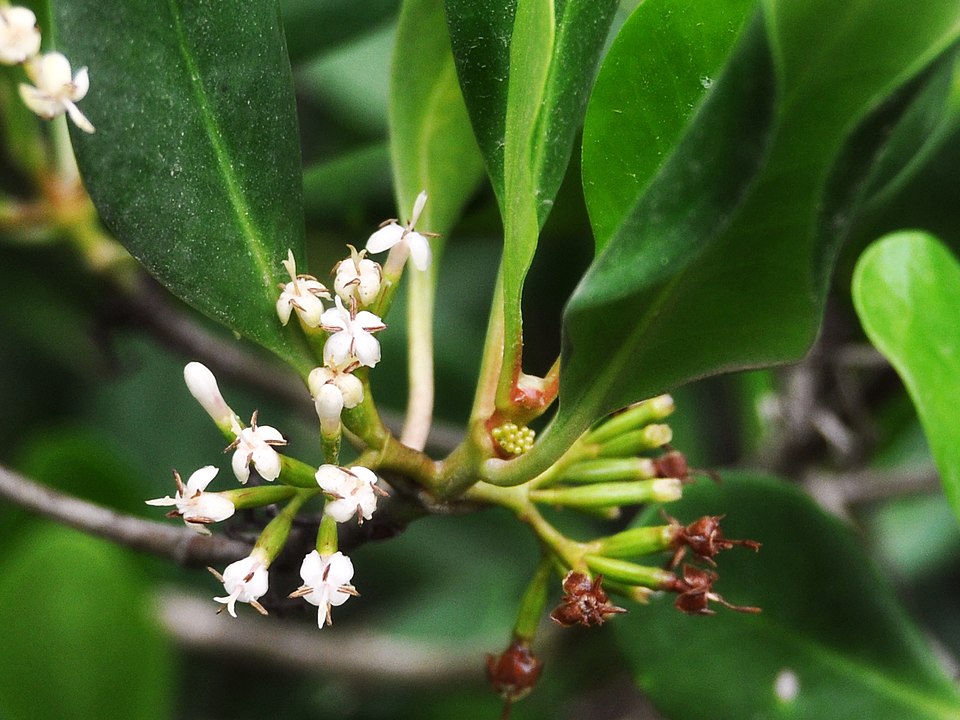
MANILA – The “nilad” plant where the name “Manila” came from will soon repopulate the city through a partnership between the city government and the Department of Environment and Natural Resources and Ecosystems Research and Development Bureau (DENR-ERDB).
Manila Mayor Francisco ‘Isko Moreno’ Domagoso in a meeting with DENR-ERDB on Tuesday agreed to launch the “Nilad for Maynila” Project.
The project that will bring back the nilad plant in Manila aims to re-green a part of the Manila Bay.
The toponym or place name of Manila is said to be coined from the abundance of the stalky-rice plant that features flowers of bright white and yellow.
The nilad plant is said to be abundant in the city before and people say it is from the phrase “may nilad” meaning “where nilad is”.
A quick survey identified four potential sites where the nilad plant will be initially planted.
These are the areas of the Baseco Beach, a vacant lot near Quirino Grandstand, an area adjacent to the Manila Yacht Club, and on the islands along the Manila Baywalk.
Domagoso ordered Manila Department of Public Service director Kenneth Amurao to deploy Team Mandaragat, Baseco Beach Warriors, and Estero Rangers to assist the city government in planting and protecting the nilad population in the identified locations.
The nilad plant, with scientific name Scyphiphora Hydrophyllacea, is a mangrove species that grew abundantly along Manila Bay and Pasig River during the early times.
Mangroves help people weather the impacts of climate change and help mitigate its causes.
They have the capacity to take more carbon out of the atmosphere than terrestrial forests.